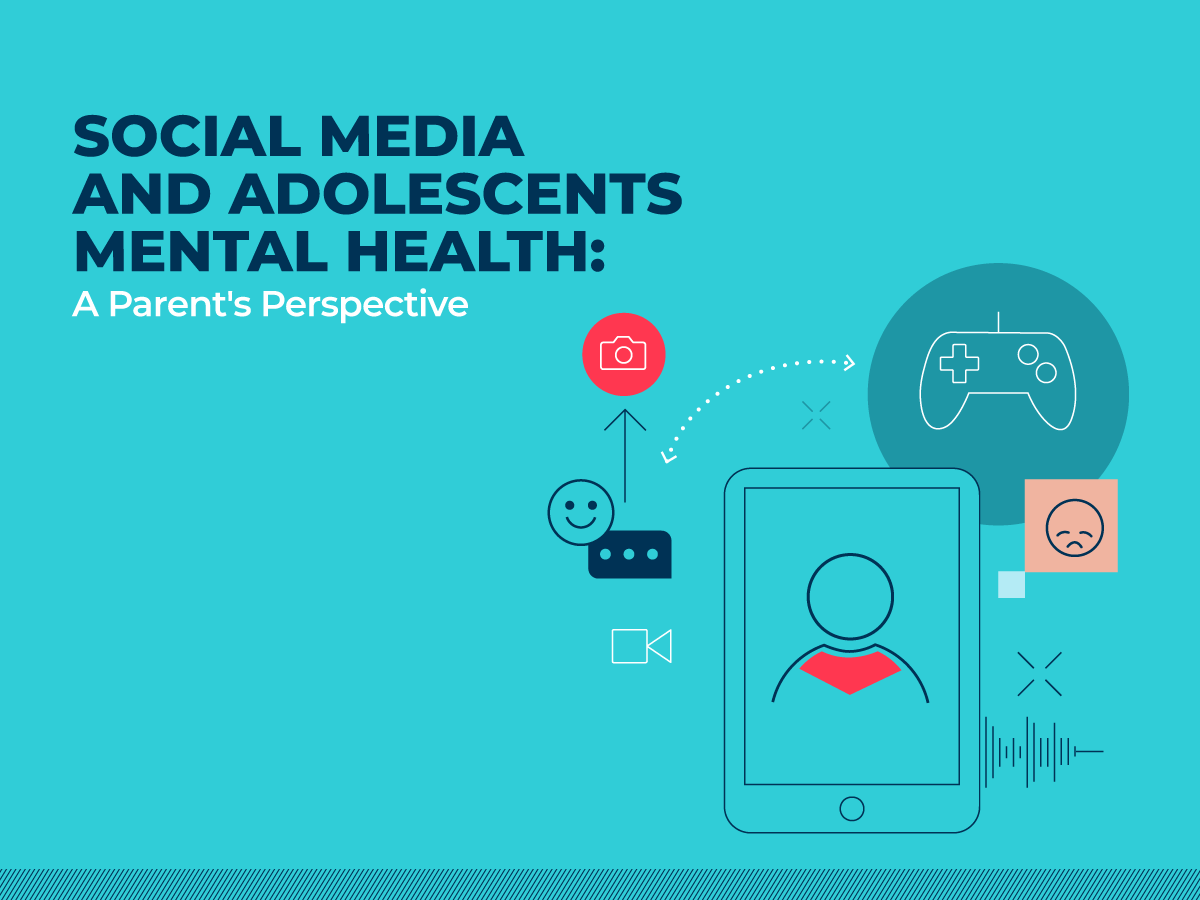Social Media and Adolescents Mental Health: A Parent’s Perspective
- 25 September 2024

The age of adolescence — such a whirlwind of emotion and discovery!
Adolescence is a time for self-discovery and rapid change. As a parent of an adolescent and an educator for that age group, I come across individuals facing issues of identity and purpose. They are often torn between the desire to be independent and having to adhere to the rules that accompany freedom.
While social media is a convenient medium for self-expression and to connect with friends and even, to an extent, support mental health, the risks are just as great. These include:
Albert Bandura’s Social Learning Theory emphasizes the significance of observational learning, social experiences, and reciprocal determinism in shaping behaviour. With the onset of the digital era, social media has become a significant determinant for influencing adolescents’ values, expectations, and ways of dealing with challenges.
Determinants of Behaviour:
Adolescents often look for quick fixes and use social media to find answers. This can result in them labeling their behavioural and mental health struggles inaccurately. The challenge is further compounded by fluctuating hormone levels, which can result in significant mood swings and changes in behaviour. Easy access to social media encourages adolescents to gather information from it rather than reaching out for support from family and friends.
Parents and caregivers may help the adolescents make their way through all the confusions created by social media. The vital strategies include the following:
The digital world opens up a number of challenges and opportunities for adolescents. Realizing the duality of social media, promoting open communication, and offering support in this light can help parents and educators guide adolescents through the complex landscape that life is, providing them with life skills for a healthy and satisfying life.
Co-authored by Leena Nair, Supportive Instructor